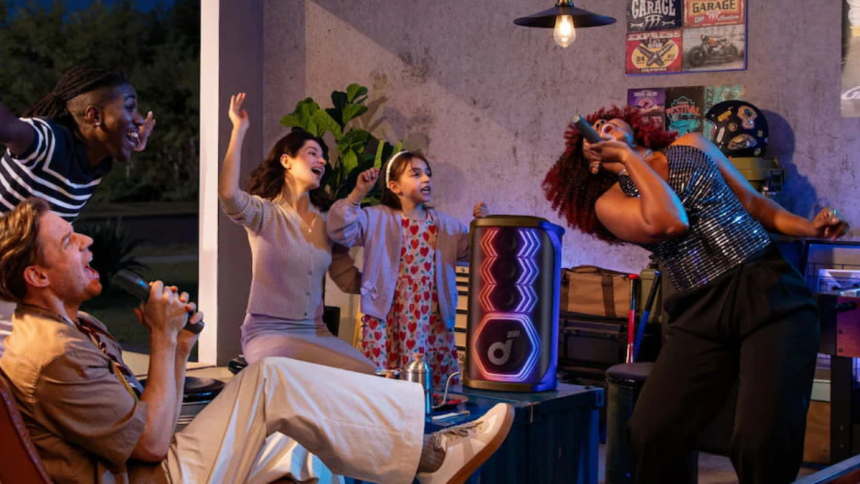You don’t need to be a professional event planner or invest in expensive props to host a night people will remember. What makes the difference is the detail you put into each element that creates an evening that feels both relaxed and entertaining.
Choosing a captivating theme
A strong theme gives your games night an immediate sense of identity. You could embrace a retro games arcade, bringing out classic board games and vintage-inspired snacks. Alternatively, a murder mystery twist can turn your lounge into a scene of playful investigation.
Setting the atmosphere
Adjust your lighting to create warmth, using lamps and candles rather than harsh overhead bulbs. Select background music that matches your theme, whether that’s upbeat 80s tracks for a retro night or jazz for something more sophisticated.
Scents also play a part. Engage the senses with freshly popped popcorn or even a light citrus candle to enhance the mood. When your home feels intentionally prepared for fun, your guests respond by relaxing into the evening more quickly.
Planning the menu
Finger foods and sharing platters work well because they let guests snack without stepping away from the action. You could offer mini sliders, skewers or a build-your-own nacho station. Make sure you consider dietary preferences and allergies so everyone feels included.
Selecting the right entertainment
The games themselves shape the tone of your evening, so choose with your guests in mind. If you’re hosting a small group, a strategy option can create the perfect level of friendly rivalry. For larger groups, party classics like charades often work better.
You could also bring the fun of casino games to your living room with interactive options such as online roulette, which allows multiple players to take part.
Creating an inviting space
Your guests’ comfort influences how long they want to stay and how much they engage. Arrange seating so everyone can see and hear each other without awkward stretching or shouting across the room.
Soft cushions and throws make spaces more welcoming, while clear table surfaces give people space to set down drinks and snacks. If you want to encourage movement, create different activity zones such as a relaxed corner for quieter games and a central table for anything more competitive.
Adding a personal touch
The small personal touches often make the biggest impression. Instead of simply handing out game instructions, you could write playful rule cards in your own words or create themed score sheets.
Name drinks after famous board games or your guests themselves and welcome everyone with a short toast, which can be a great ice breaker for those who don’t know each other.
Lynn Martelli is an editor at Readability. She received her MFA in Creative Writing from Antioch University and has worked as an editor for over 10 years. Lynn has edited a wide variety of books, including fiction, non-fiction, memoirs, and more. In her free time, Lynn enjoys reading, writing, and spending time with her family and friends.















